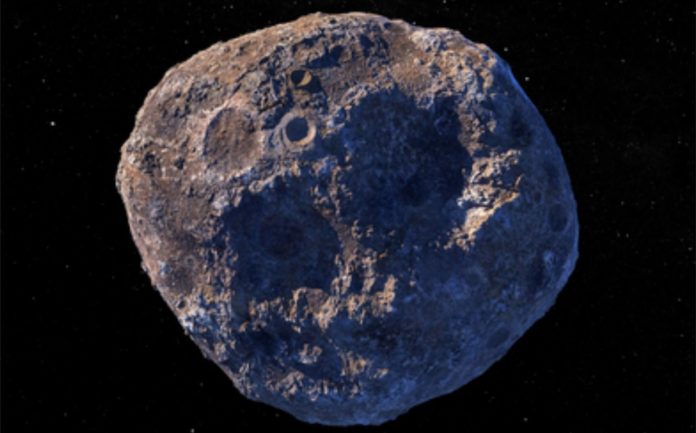An asteroid hitting the Earth can make anyone’s day miserable, but a few small things can make the difference between a great story and a disaster that wipes everything away.
A researcher from China’s National Institute of Natural Hazards created a computer simulation of asteroid encounters to better comprehend these factors.
Initially, the computer simulation attempted to reproduce model asteroid collisions performed in a laboratory. Duoxing Yang believes that after checking the simulation’s accuracy, it might be used to anticipate the outcome of future asteroid strikes or to learn more about prior impacts by studying their craters.
“From these models, we learn generally a destructive impact process, and its crater formation,” says Yang. “And from crater morphologies, we could learn impact environment temperatures and its velocity.”
Yang’s simulation was created with NASA’s space-time conservation element and solution element approach, which is utilized by many institutions and government agencies to model shock waves and other acoustic problems.
The idea was to replicate a small rocky asteroid colliding with a larger metal asteroid at a speed of several thousand meters per second. Yang was able to calculate the consequences on the metal asteroid, such as the size and shape of the crater, using his simulation.
The simulation results were compared to empirically constructed mock asteroid collisions. The simulation performed well in comparison to the experimental testing, implying that the next stage in the research will be to use the simulation to obtain more data that cannot be provided in the laboratory.
This data is captured in preparation for NASA’s Psyche mission, which aspires to be the first spacecraft to study a metal-only asteroid. Metal asteroids are made of materials found in the Earth’s deep core, as opposed to more common rocky asteroids, which are made of roughly the same components as the Earth’s crust. NASA believes that researching such an asteroid will disclose more about the conditions found in our own planet’s core.
Yang hopes that computer simulation models can generalize his findings to all metal asteroid collisions, answering several previously unanswered concerns about asteroid interactions.
“What kind of geochemistry components will be generated after impacts?” adds Yang. “What kinds of impacts result in good or bad consequences to local climate? Can we change trajectory of asteroids heading to us?”
Source: 10.1063/5.0064441
You were reading: This new tool can help model risk posed by potential asteroid collisions
